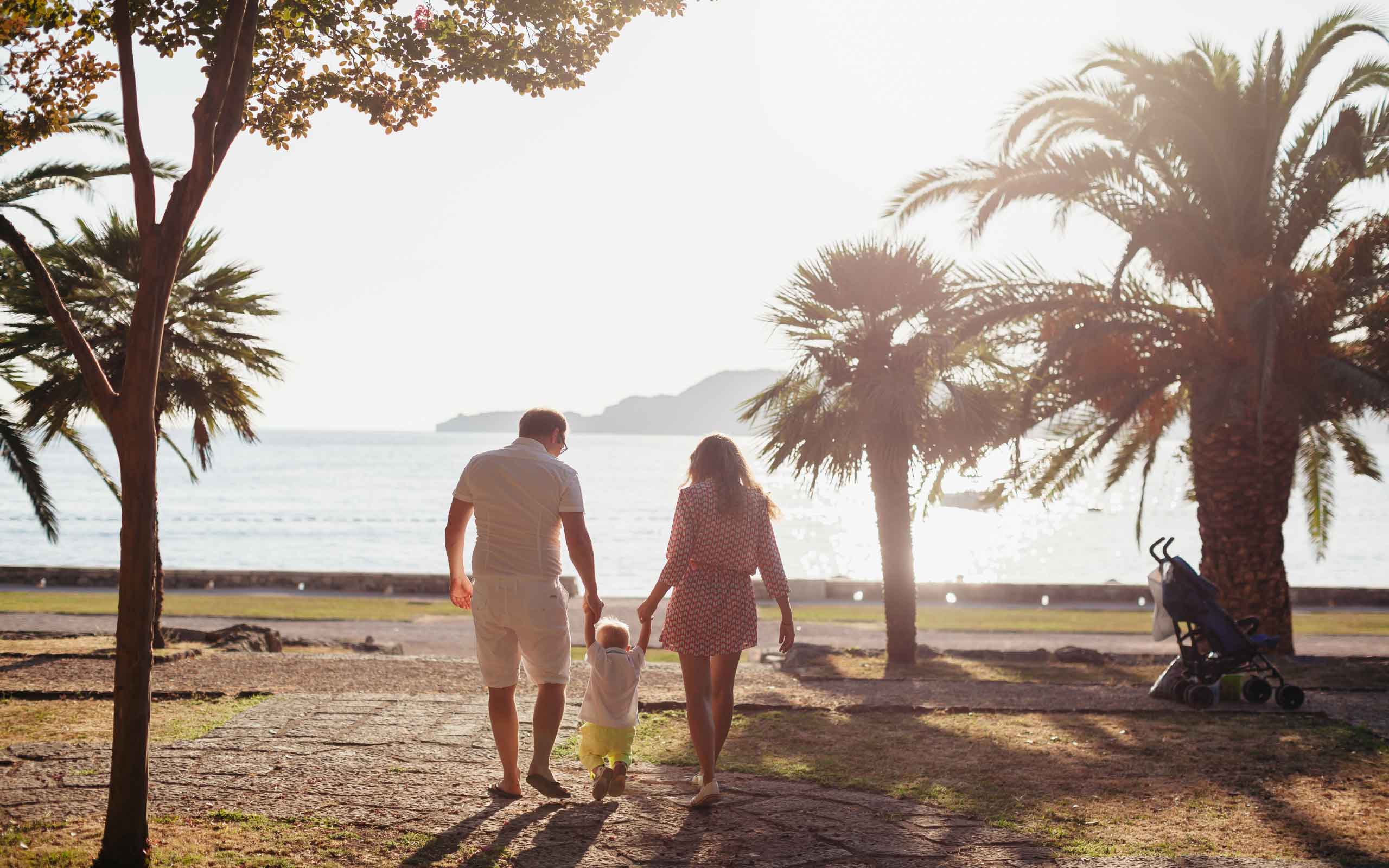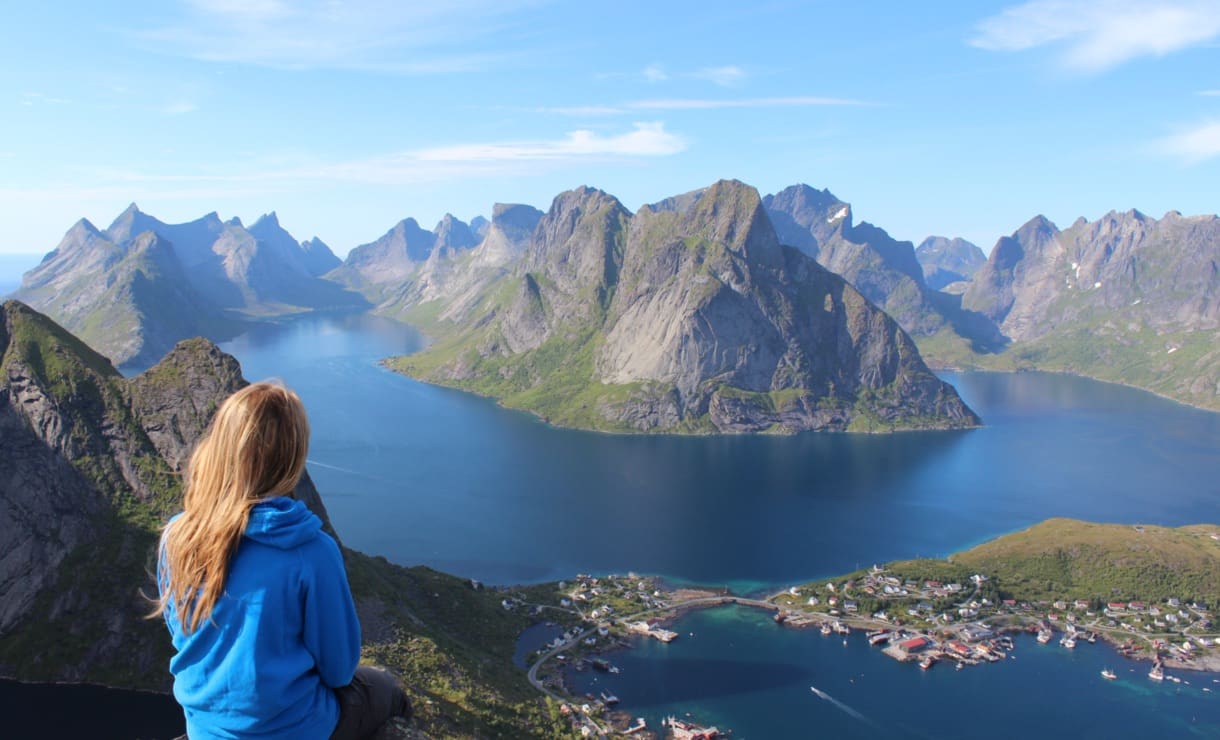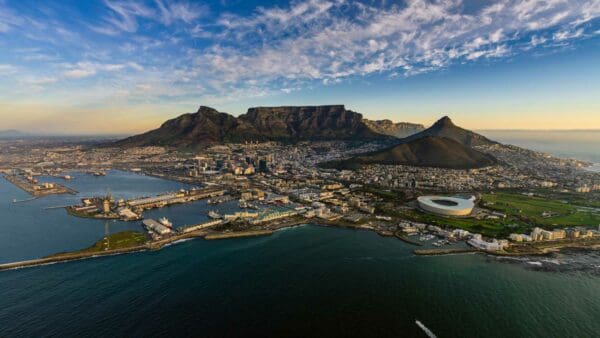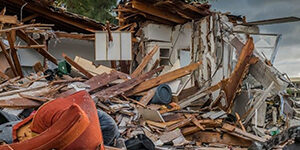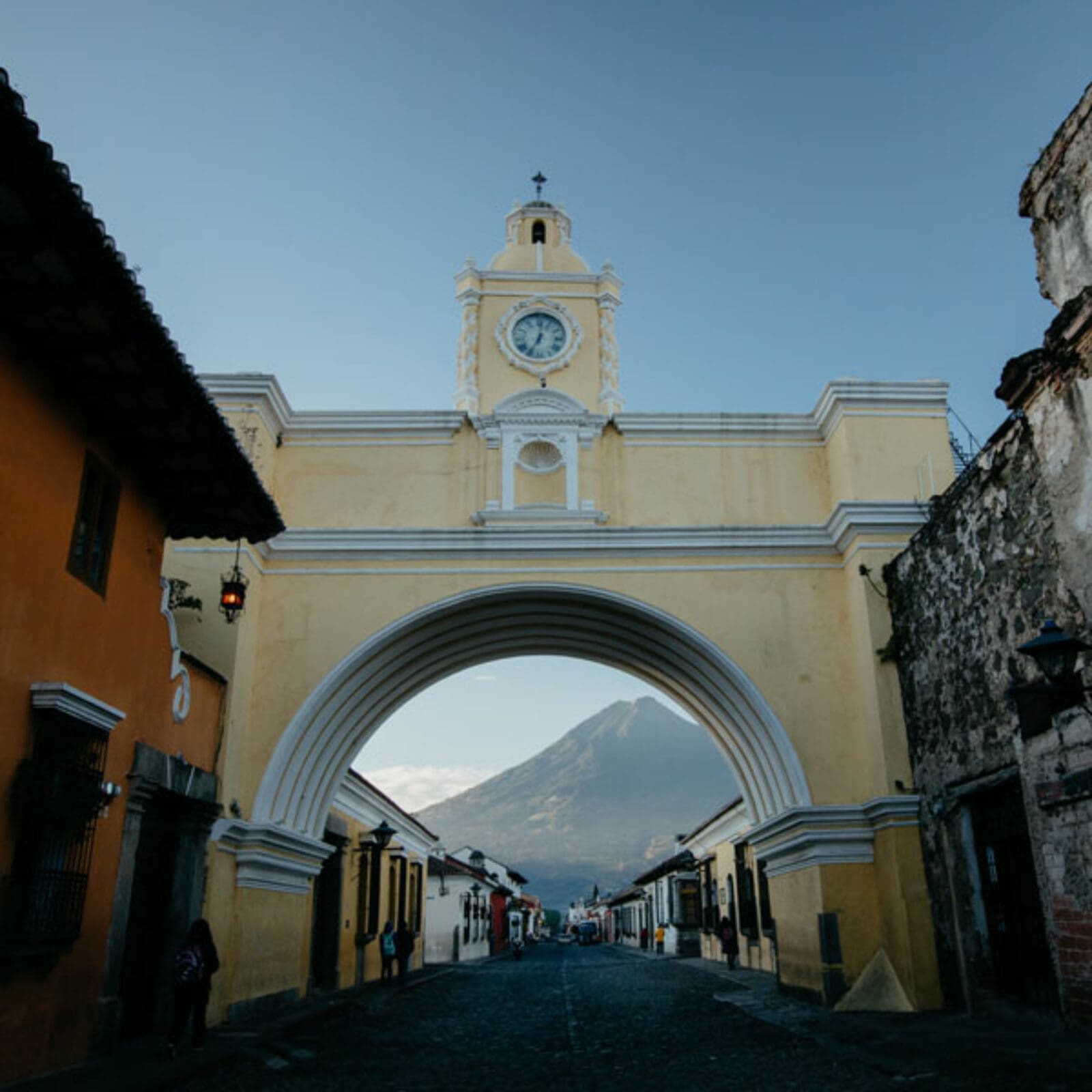So, if you’ve been reading my blogs for awhile now, you know that I post probably once a month, maybe every 2 months, so here is just a heads up that you’re about to be SPAMMED with blogs about each of the countries I will be serving in because of squad wars, read more of the blogs for more information about squad wars! My team and I worked together to each take a country and research on it, because you know, many hands make light work. Our first country that we are serving in is Nicaragua, which originally was the only country I had no connection to and was the least excited about, but after our route change, the thought of going somewhere that I have no expectations of is incredible exciting to me, God has some amazing things planned for Nicaragua! So without further ado, here is NICARAGUA.
Map:
The capital of Nicaragua is Managua. Two famous cities in Nicaragua are
León and Granada. Nicaragua is the largest country in Central America and is slightly bigger in area than New York State. The country is bordered by Honduras to the north and Costa Rica to the south. The Pacific Ocean provides the border to the west, and the eastern border of the country is on the Caribbean Sea.
Flag:
The two Azure bands on the flag and the arms of Nicaragua in use today are the most similar to those used by the United Provinces of Central America. The triangle, volcanoes, rising sun, Cap of Liberty, and rainbow all appeared on the original emblem. The coat of arms used today contains the name of the state, Republica de Nicaragua.
The 5 volcanoes represent the original 5 member states, the Cap of Liberty represents national freedom, and the rays of the sun and the rainbow are symbolic of the bright future to come.
The presence of a rainbow in the coat of arms makes the flag of Nicaragua one of only two flags of a sovereign state to include the color purple.
Language: The official language of Nicaragua is Spanish; however, Nicaraguans on the Caribbean coast speak indigenous languages and also English.
Religion: Over 90% of Nicaragua’s population are members of Christian denominations. Approximately 73% of Nicaraguans follow the Roman Catholic religion with about 15% attending evangelical churches. Around 2% are part of the Moravian Church and some 0.1 percent are joined to the Episcopal Church. A further 2% belong to a variety of religious groups including Jehovah’s Witnesses, Mormons and Amish or Mennonite communities.
Population: The population of Nicaragua is 5,848,641
Unique Animals:
The guardabarranco is the national bird of Nicaragua! I love its bright colors!
Lake Managua is the only freshwater lake where sharks live. Bull sharks enter the lake by traveling up the Rio San Juan river from the Atlantic Ocean. The sharks can adapt to fresh water, but they are now rarely found in the lake.
There are over 70 protected areas in the country, which help preserve the habitats of many endangered species. The Bosawas Biosphere Reserves has a cloud forest that protects 12 kinds of poisonous snakes.
Special Foods:
Gallo Pinto: most people in Nicaragua eat this almost daily and it is considered a national symbol. It is composed of a mixture of fried rice with onion and sweet pepper, red beans boiled with garlic. They are mixed and fried all together. Maybe we’ll get to try Gallo Pinto on our travels!
Cool Geography:
Lake Nicaragua, Spanish Lago de Nicaragua, the largest of several freshwater lakes in southwestern Nicaragua and the dominant physical feature of the country. It is also the largest lake in Central America. Its indigenous name is Cocibolca, and the Spanish called it Mar Dulce—both terms meaning “sweet sea.”
Nicaragua has 19 active volcanos!
Nicaraguans can use the steam from the depths of the volcanoes as geothermal energy.
Fun things to do:
Many people like to go Volcano Boarding! People hike to the top of a volcano then slide down! This reminds me of sledding in the snow!
There are many old, beautiful buildings in Nicaragua.
Prayer:
According to the United Nations Development Programme, 48% of the population of Nicaragua live below the poverty line, 79.9% of the population live with less than $2 per day, According to UN figures, 80% of the indigenous people (who make up 5% of the population) live on less than $1 per day.
If you have been to Nicaragua, please feel free to add a prayer, tips, places we should visit, or some words of encouragement for my team as we will be in Nicaragua in June 2019!! <3 KJ

